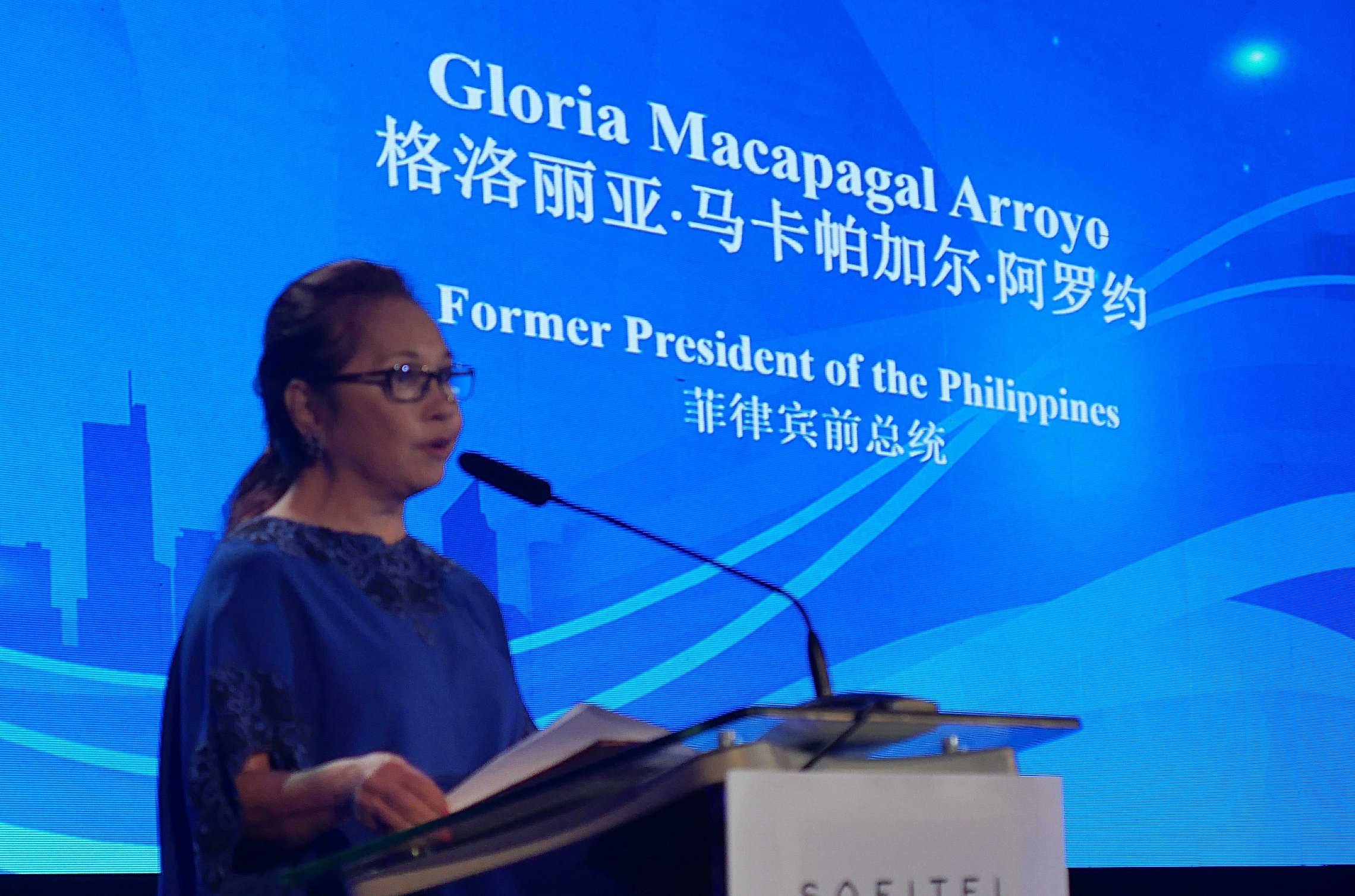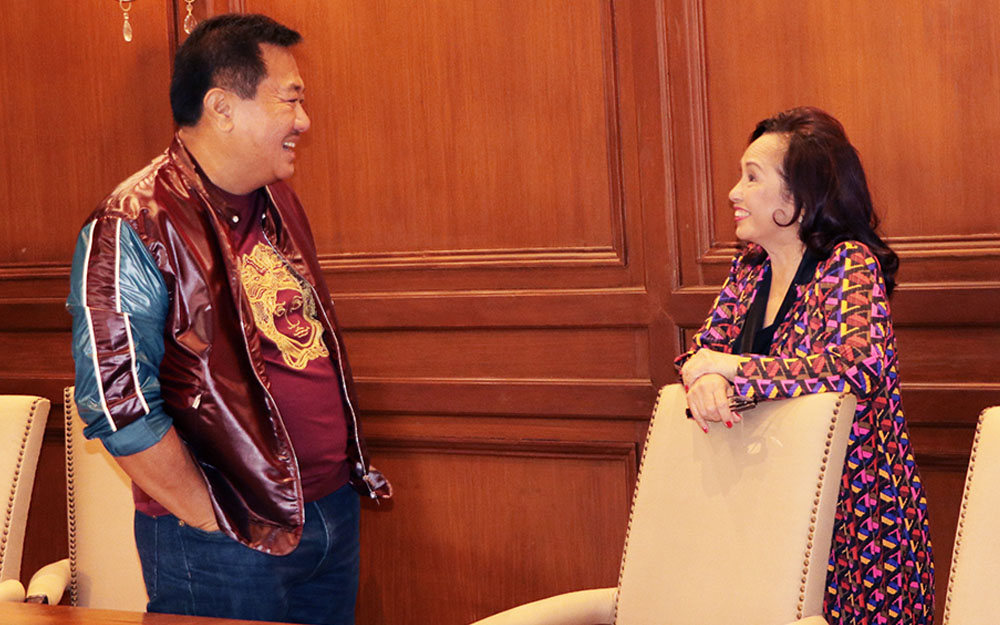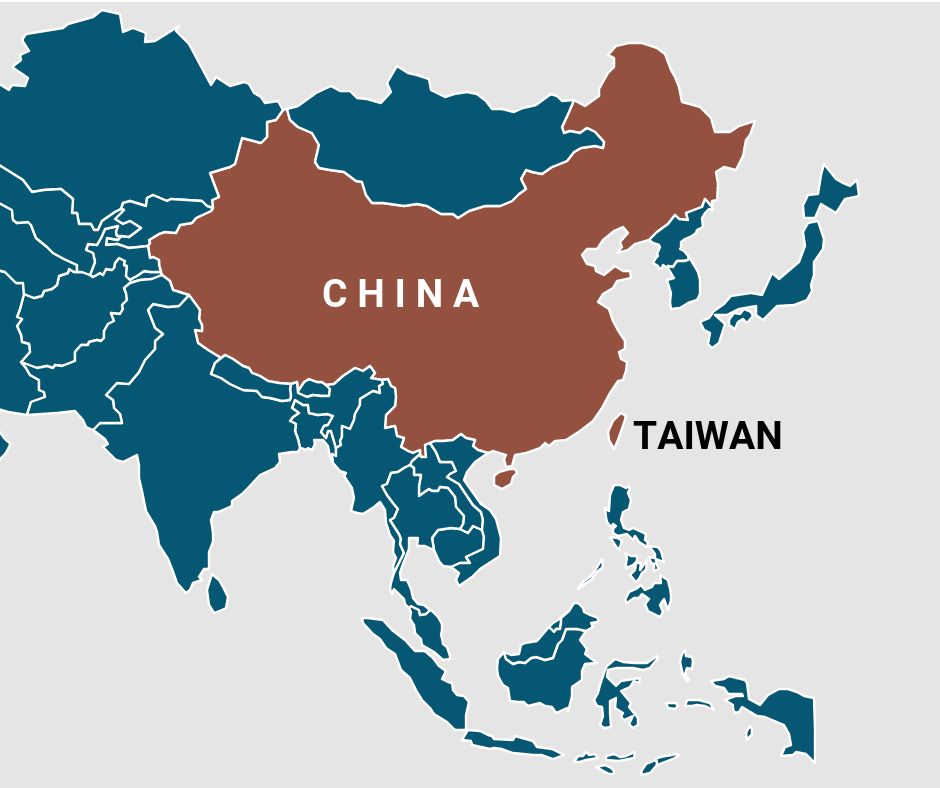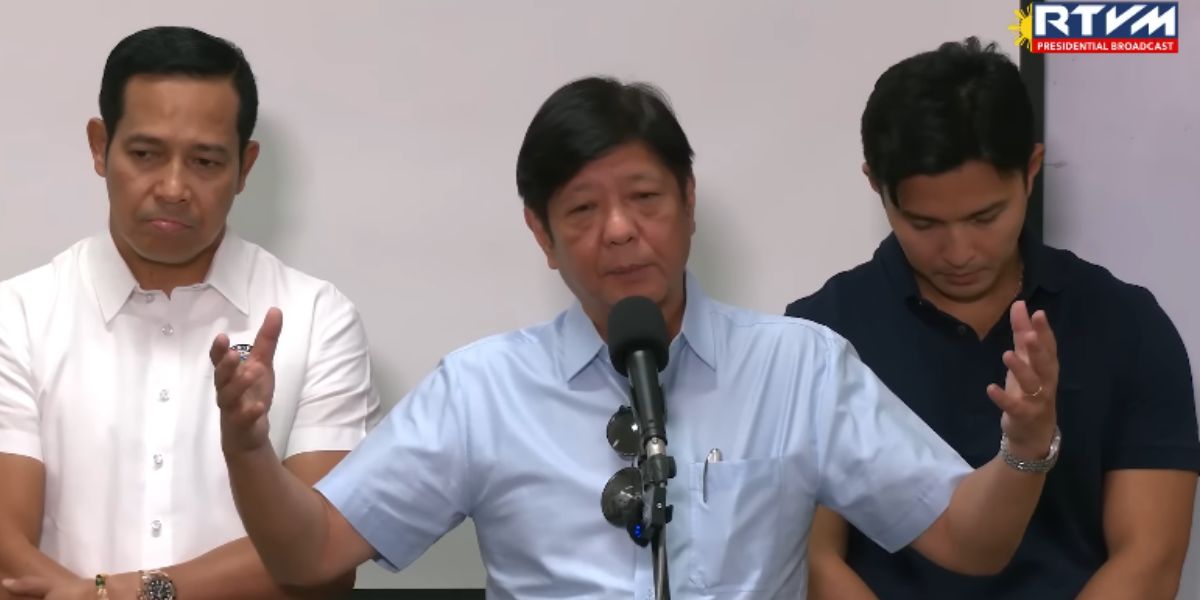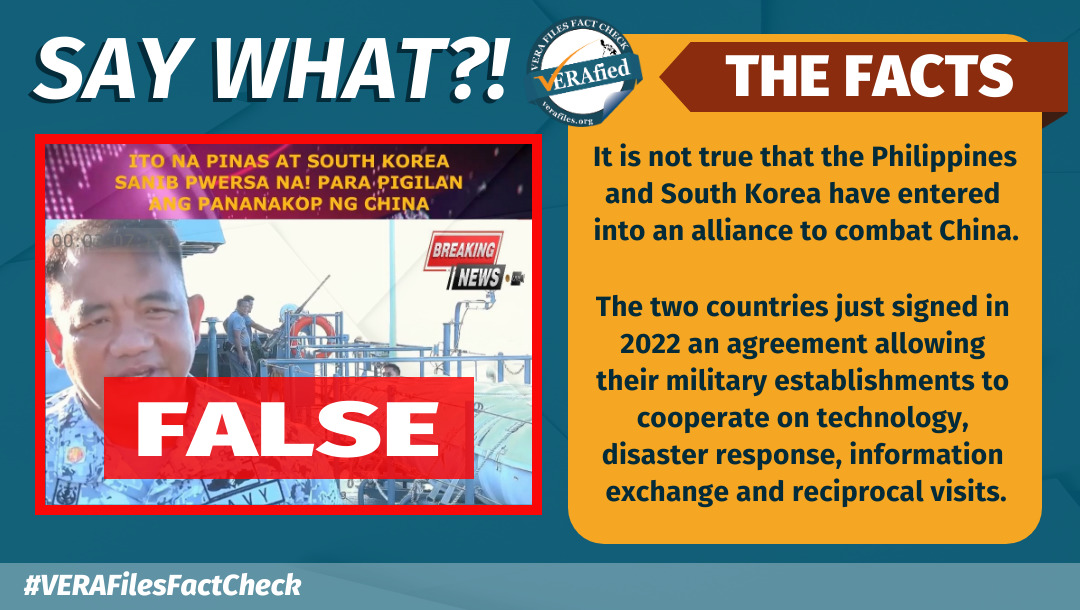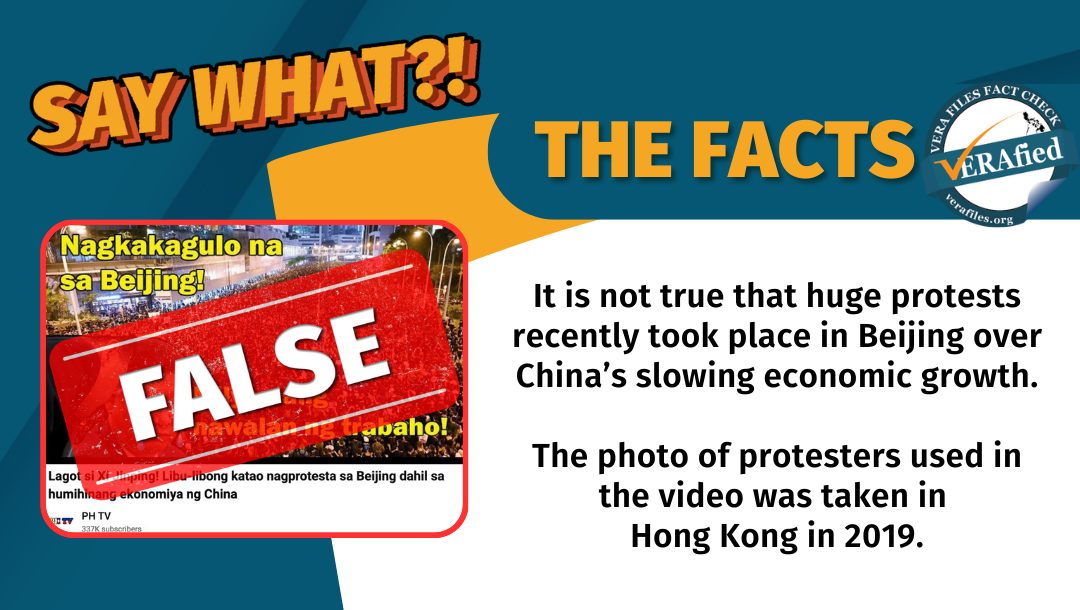Former President
Gloria Macapagal Arroyo has dismissed concerns about the Philippines’
mounting loans from China, saying they are not a “debt trap.”
Speaking at the
Belt and Road China-Philippines Forum on People-to-People Exchange &
Economic Cooperation on July 26 at the Sofitel Hotel, Arroyo said,
“As long as we can serve the interests, it’s not a debt trap.”
Arroyo’s views
are similar to what Chinese embassy’s deputy chief of mission Tan
Qingsheng said in a speech at the same forum. “All the cooperation
projects are not ‘imposed on anyone’ or designed to ‘frame’
any other country. The so called ‘China debt trap’ is completely
groundless. The BRI (Belt and Road Initiative) is a ‘pie’ for
everyone to share, not a ‘pitfall’ that hinders development,”
he said.
Arroyo asked:
“How come when we borrow from America and from Japan, they don’t
call it a debt trap? The most important thing is the ratio of our
debt to our GDP (Gross Domestic Product).”
Under her
presidency (20 January 2001 – 30 June 2010), Arroyo was able to
service 9.6 per cent of the country’s debt. Debt service,
according to the Philippine Statistics Authority, is the sum of loan
repayments, interest payments, commitment fees, and other charges on
foreign and domestic borrowings.
According to the
latest figures from the Department of Finance, the country’s
debt-to-GDP ratio increased from 42.6 percent in March 2018 to P44
percent in end-March 2019. The debt-to-GDP ratio is an indicator of
the ability of a country to pay its debts; the lower the figure, the
better.
China has been
criticized for engaging in debt trap diplomacy, in which a country
extends excessive credit to another country with the intention of
extracting economic or political concessions when the latter becomes
unable to honor debt obligations.
Unveiled in 2013,
China’s BRI is an ambitious global development strategy involving
infrastructure development and investments in 152 countries and
international organizations in Asia, Europe, Africa, the Middle East,
and the Americas.
Tan said the BRI
is not a geopolitical tool, but a “peaceful development platform.”
In March, Finance Secretary Carlos Dominguez III gave assurances that
the country will not fall into a debt trap. The Philippines, as of
end of 2018, has nearly $980 million worth of loans from China. He
said that no government projects funded through Official Development
Assistance allow the takeover or appropriation of domestic assets.
Critics have
questioned some projects under the BRI. Members of the Makabayan Bloc
urged the Supreme Court to stop the implementation of the
US$62-million Chico River Pump Irrigation Project loan from the
Export-Import Bank of China for being “onerous.” The government
defended the project, saying it has gone through a lot of reviews and
is not violative of the Constitution.
In recent years,
China’s BRI, which includes investments in infrastructures, has
faced scrutiny. In 2017, it was reported that the Sri Lankan
government agreed to lease its Hambantota Port to a Chinese firm
after it failed to pay its debts to China.
According to the
Center for Strategic and International Studies, China’s BRI-related
credit has a high impact on the debt-to-GDP ratio of countries
availing of its loans. CSIS said countries such as Djibouti,
Kyrgyzstan, Laos, the Maldives, Mongolia, Montenegro, Pakistan, and
Tajikistan are “at a high risk of debt distress” due to their BRI
obligations.
